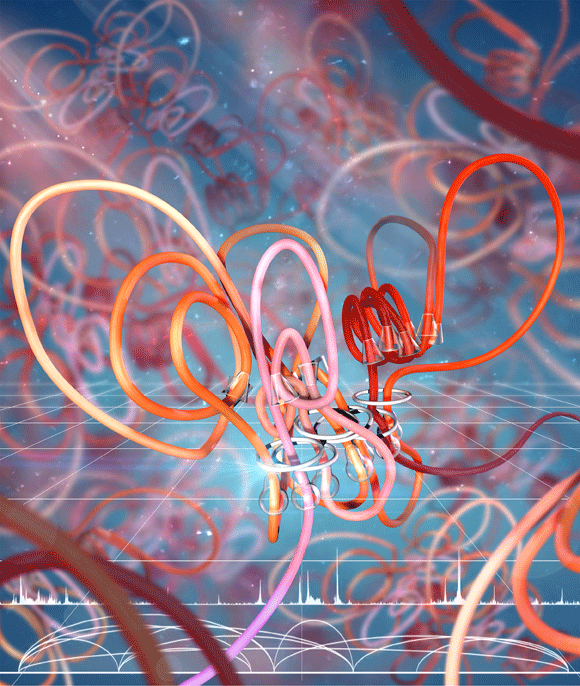Podcast: Play in new window

BOB HIRSHON (host):
Mapping the shape of the human genome. I’m Bob Hirshon and this is Science Update.
Each cell in our body has over six feet of twisty DNA strands packed into its tiny nucleus. But it’s more than marvel of packaging: it turns out that the precise shape of that tangle affects how our genes work. Jackson Laboratory genomic scientist Yijun Ruan says that loops and twists bring distant genes next to each other.
YIJUN RUAN (The Jackson Laboratory):
And that complex structure provides the framework how the genome would be utilized.
HIRSHON:
Recently, he and his colleagues discovered that a cell protein called CTCF helps create the 3D shapes that allow the proper timing and sequence of gene expression. He says that while mapping the human genome was a huge accomplishment, understanding the three-dimensional structure will provide an even more powerful tool in fighting cancer and other disorders. I’m Bob Hirshon, for AAAS, the science society.
